Kia unveiled its vision of the future of electric mobility at the Consumer Electronics Show (CES) in Las Vegas, with the presentation of a line of Purpose Built Vehicles (PBV) for specific purposes.
Returning to CES after five years, the South Korean brand presented five prototypes, including the PV1, PV7, and PV5. The PV5, which will be available in the market in 2025, is the first model to be produced in Kia’s new factory in Korea, exclusively dedicated to the production of PBV vehicles. The company plans to produce 150,000 units per year.

The new 100% electric model will be based on an adapted version of the E-GMP platform, which is used in the EV6 and EV9, and will have front-wheel drive and a 400V electrical architecture instead of 800V.
Benefiting from a flat floor due to the customized platform, the PV5 can be adapted for multiple uses, and Kia has announced that everything inside can be changed, except for the driver’s area, through specific modules.
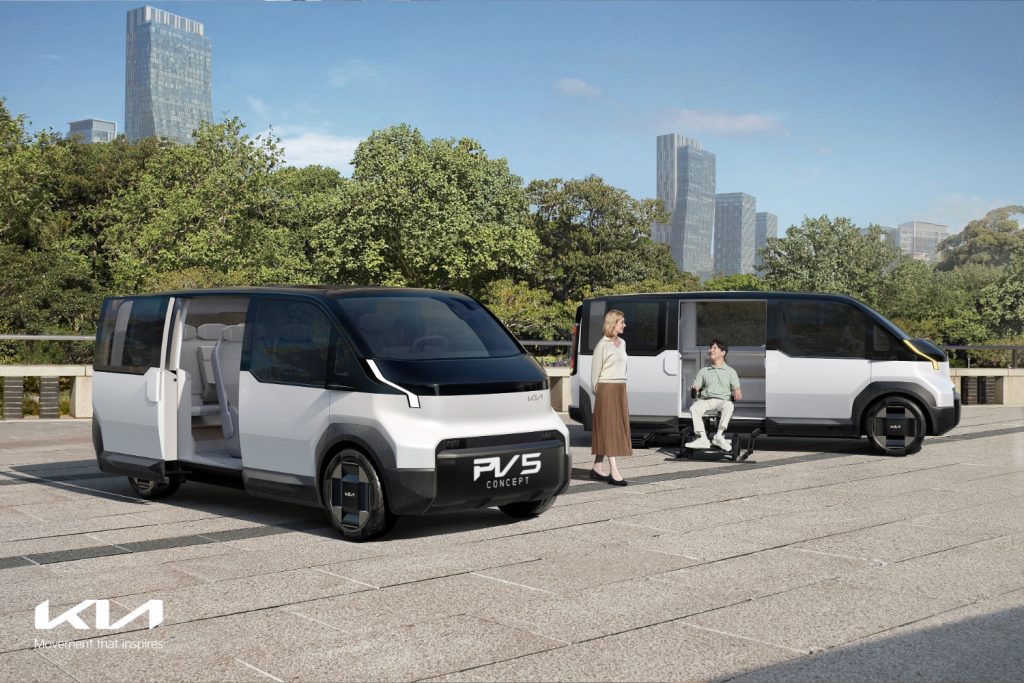

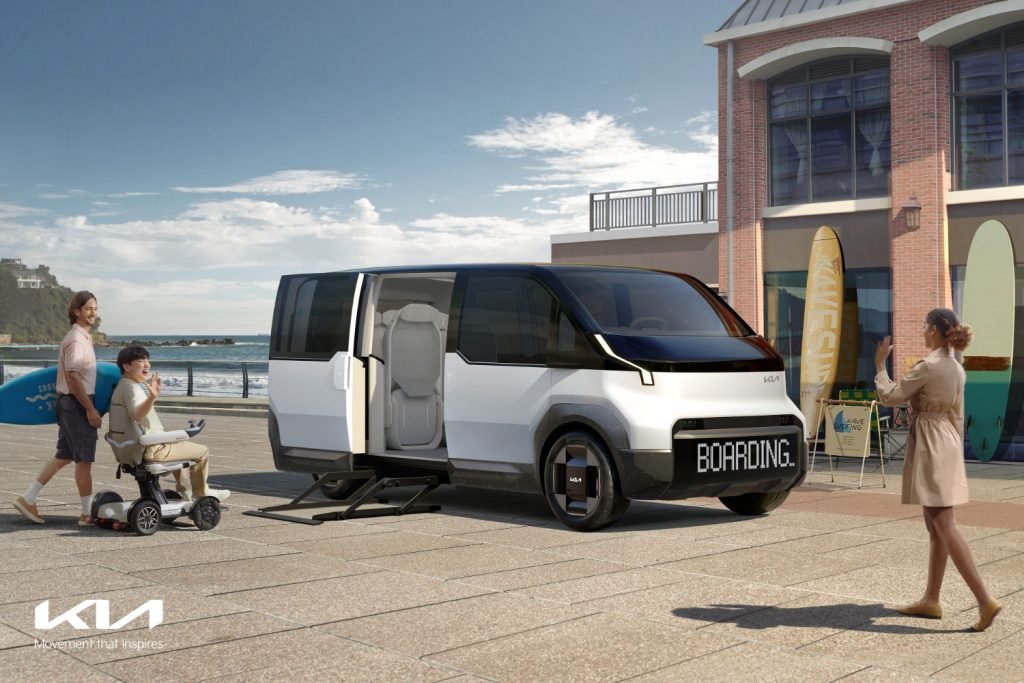
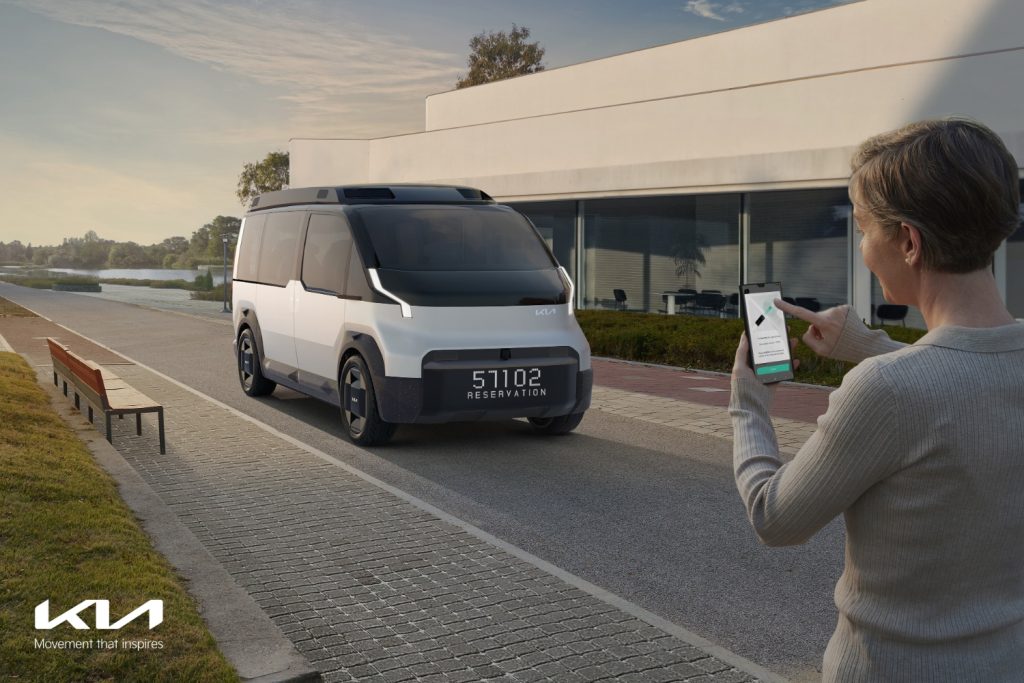
The South Korean brand announced that the PV5 will be offered in four versions at launch, including a “People Mover” variant designed for passenger transport with generous cargo space.
Kia also announced plans for a Robotaxi version, the PV5-R, which is expected to go into production in 2028 and will feature level 4 autonomous driving, as well as a pickup version.
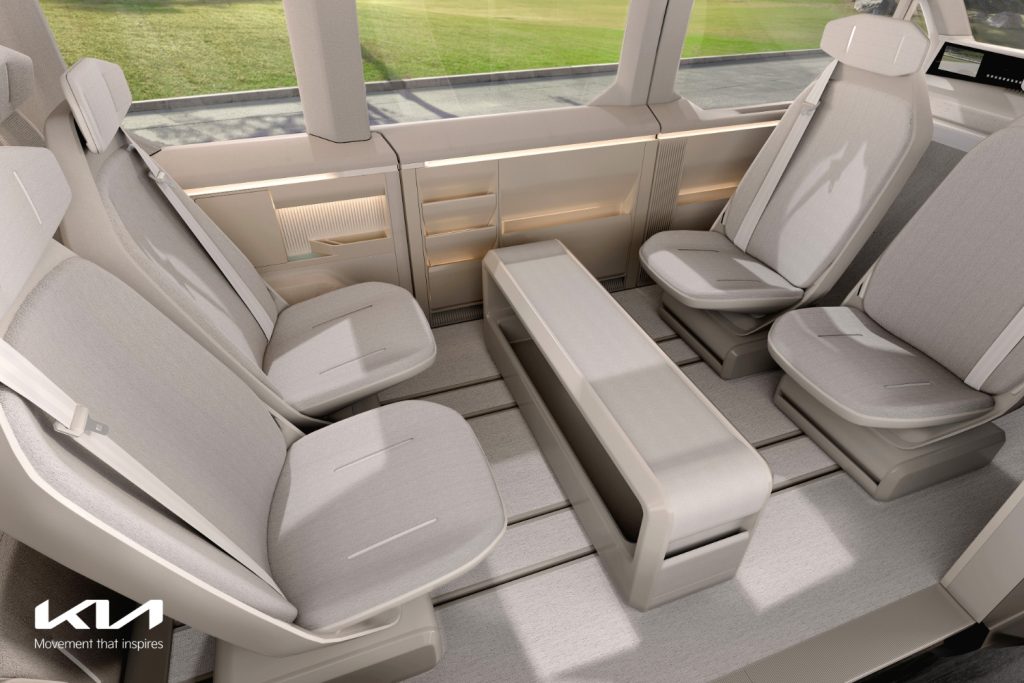
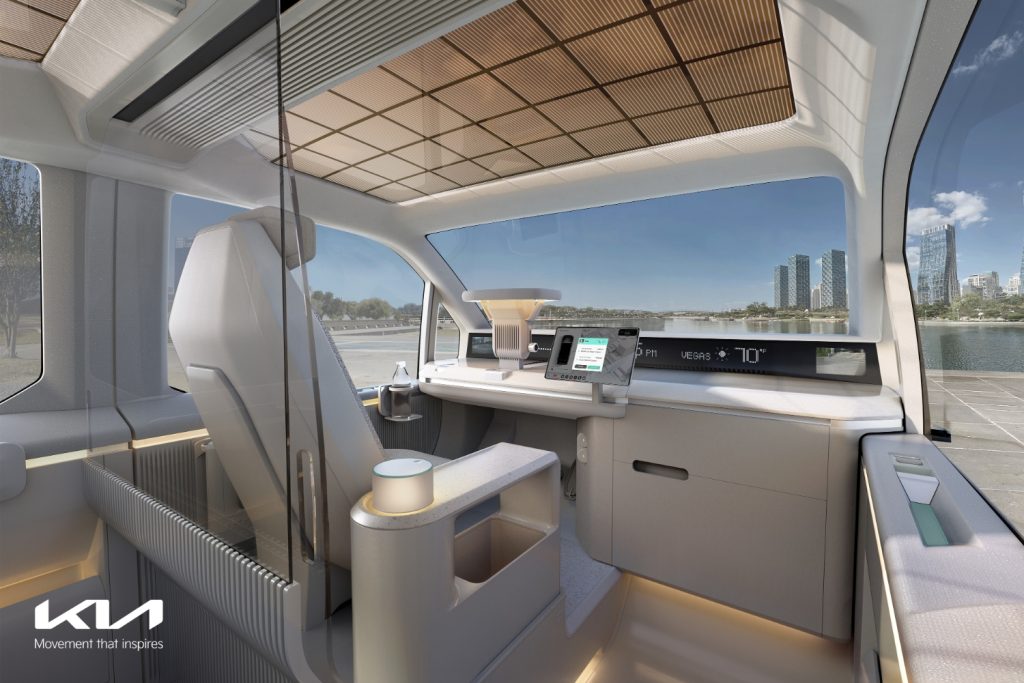
Later on, the arrival of the PV7 is planned, a larger model that is expected to go into production in 2027 and will have front-wheel drive and all-wheel drive versions as options, equipped with an 800V architecture for faster charging.
The launch of the PV7 will coincide with the implementation of a new advanced software solution that will make use of Artificial Intelligence and, according to the brand, will open the doors to new businesses and lifestyles, while ensuring that the models are always up to date and increasing the interaction and connectivity between vehicles.
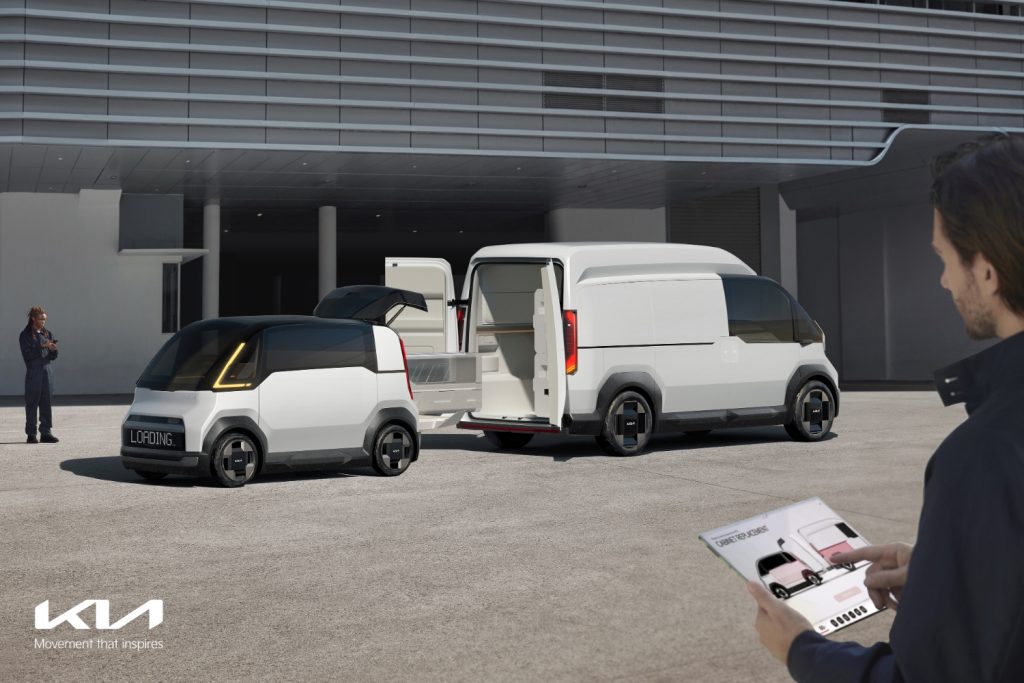
Another prototype presented by Kia at CES was the PV1, the smallest model in the range, optimized for transporting small loads in urban spaces.
In addition to vehicles, Kia announced plans to integrate robotics and autonomous driving technology into the PBV ecosystem, in order to enable the new vehicles to be ready for use in future “smart cities” environments.







